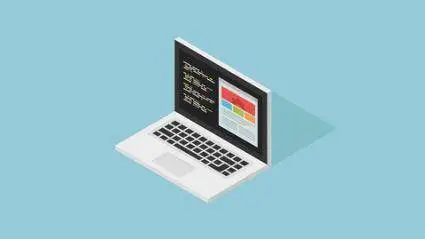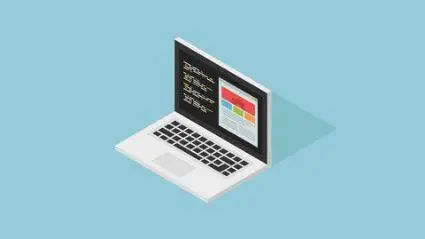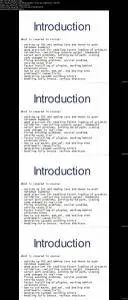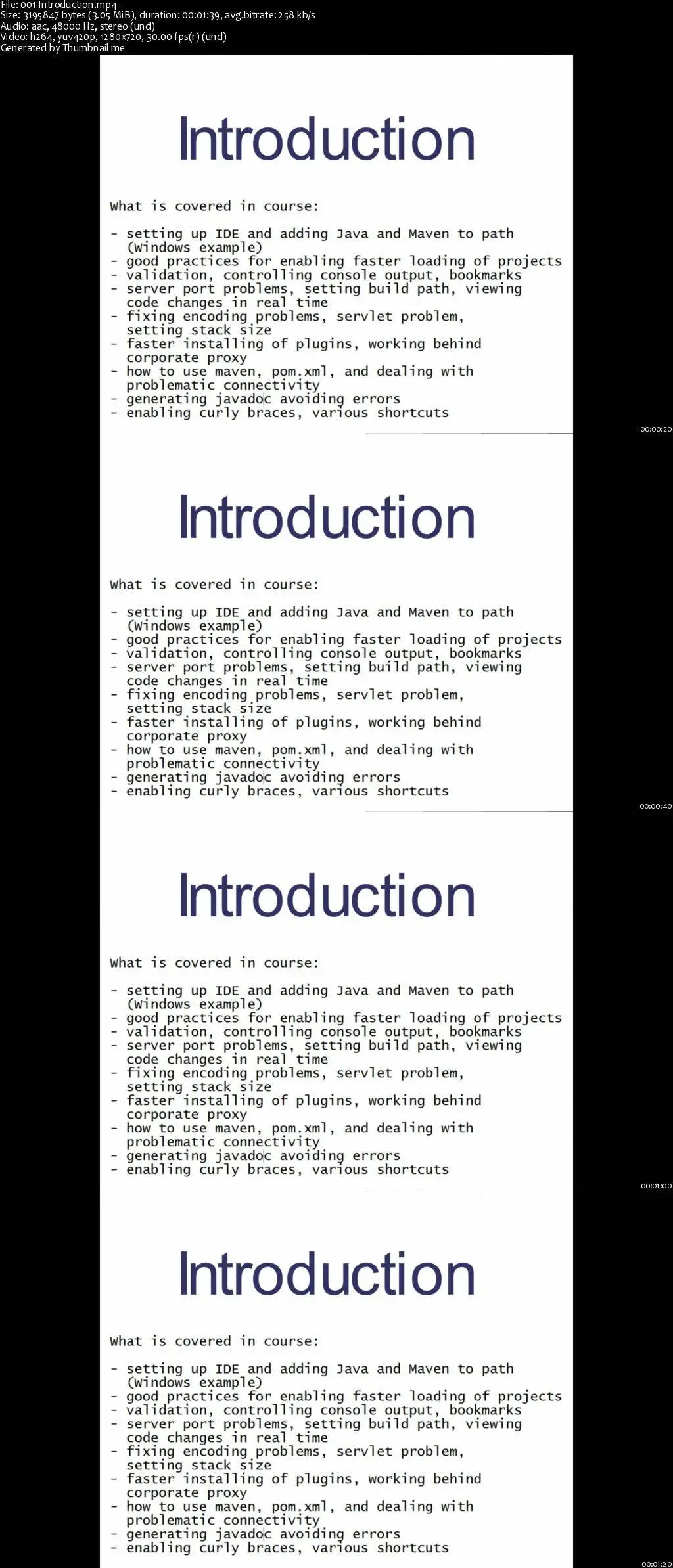Eclipse tips and tricks
MP4 | Video: AVC 1280x720 | Audio: AAC 44KHz 2ch | Duration: 1 Hours | Lec: 12 | 128 MB
Genre: eLearning | Language: English
MP4 | Video: AVC 1280x720 | Audio: AAC 44KHz 2ch | Duration: 1 Hours | Lec: 12 | 128 MB
Genre: eLearning | Language: English
Various tips and tricks when using Eclipse IDE. Speed up your Java development!
What is Eclipse IDE?
Eclipse is one of the most popular IDE's in the world.
Eclipse is an integrated development environment (IDE) used in computer programming, and is the most widely used Java IDE. It contains a base workspace and an extensible plug-in system for customizing the environment. Eclipse is written mostly in Java and its primary use is for developing Java applications, but it may also be used to develop applications in other programming languages through the use of plugins, including: Ada, ABAP, C, C++, COBOL, D, Fortran, Haskell, JavaScript, Julia, Lasso, Lua, NATURAL, Perl, PHP, Prolog, Python, R, Ruby (including Ruby on Rails framework), Rust, Scala, Clojure, Groovy, Scheme, and Erlang. It can also be used to develop documents with LaTeX (through the use of the TeXlipse plugin) and packages for the software Mathematica. Development environments include the Eclipse Java development tools (JDT) for Java and Scala, Eclipse CDT for C/C++ and Eclipse PDT for PHP, among others.
The initial codebase originated from IBM VisualAge. The Eclipse software development kit (SDK), which includes the Java development tools, is meant for Java developers. Users can extend its abilities by installing plug-ins written for the Eclipse Platform, such as development toolkits for other programming languages, and can write and contribute their own plug-in modules. Since Equinox, plug-ins can be plugged/stopped dynamically and are known as (OSGI) bundles
Learn various Eclipse tips and tricks
This course is for everyone who wants to work with such rich IDE as Eclipse. Learn various topics of how to use Eclipse to be more productive.
Contents and Overview
What is covered in course:
setting up IDE and adding Java and Maven to path (Windows example)
good practices for enabling faster loading of projects
validation, controlling console output, bookmarks
server port problems, setting build path, viewing code changes in real time
fixing encoding problems, servlet problem, setting stack size
faster installing of plugins, working behind corporate proxy
how to use maven, pom.xml, and dealing with problematic connectivity
generating javadoc avoiding errors
enabling curly braces, various shortcuts





